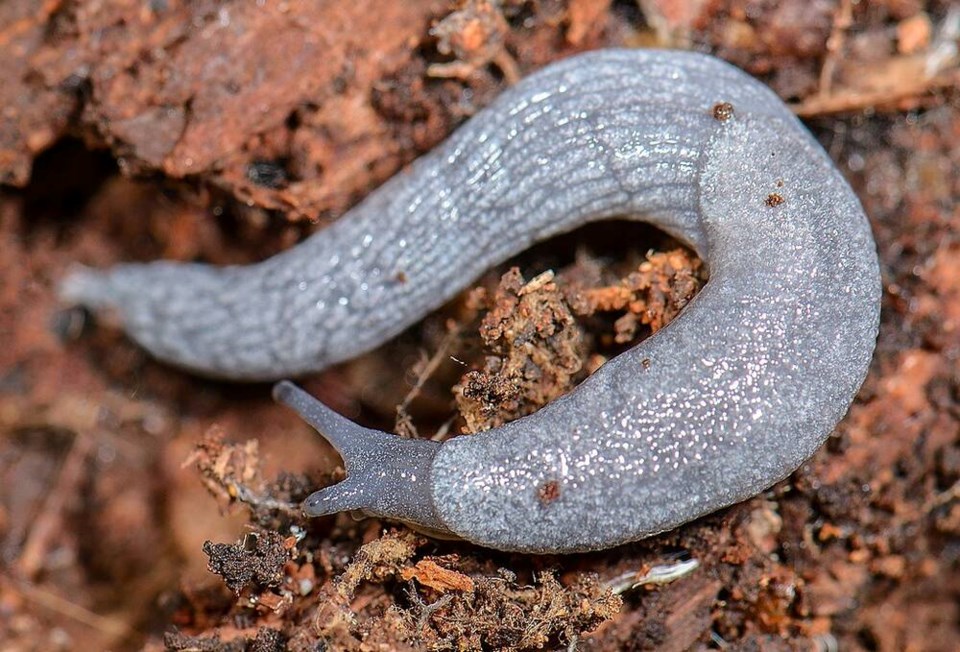Conservationists striving to prevent species from going extinct find it tricky enough to save Canada’s most magnificent and iconic animals, like southern resident killer whales, mountain caribou or grizzly bears.
But most of the 640 wildlife now listed under Canada’s Species at Risk Act are flora and fauna that don’t get time in the spotlight. More than a third of at-risk species are plants, mosses and lichens most people would probably walk past without a second glance.
Another 30 per cent are slimy, slithery, creepy creatures that folks might well notice but find repellent. But critters like slugs, bugs and snakes are critical to ecosystems, too, and deserve a lot more love.
So, Canada’s National Observer asked three B.C. biologists to champion a less charismatic creature they think is fascinating and deserves a little public adoration.
Currently executive director for the Marmot Recovery Foundation, Adam Taylor spends his time drawing attention to the plight of the critically endangered but adorable Vancouver Island marmot.
But in the past, Taylor worked with species recovery programs involving bats, reptiles and slugs — all of which are a trickier sell, he said.
“I feel almost like I’m not doing real work anymore now that I’m working with such a disturbingly cute animal,” he joked.
Taylor chose to extol the virtues of at-risk slugs on southern Vancouver Island, including the dromedary and warty jumping-slugs, known for vigorously thrashing about to confuse predators. The tiny blue-grey taildropper is particularly enchanting, he said.
“It’s an awfully pretty slug as far as slugs go, but I might be a little biased,” he said.
Up to four centimetres in size, the slug sports shades of grey but can also be a bright periwinkle blue.
It can shed part of its tail when grabbed by predators and is found in the leaf litter or moist environments inside rare Garry oak and Douglas-fir ecosystems on southeast Vancouver Island. But climate change, development and invasive competitors, such as the European black slug that green thumbs love to hate, continue to threaten the little gastropod.
Generally, slugs are decomposers that break down dead animals, leaves, vegetation, and feces — going on to spread those recycled nutrients throughout the ecosystem, Taylor said. The blue-grey taildropper is especially valuable because it feeds on mycorrhizal fungi, which form a large network in soil that captures and transports nutrients, sharing it with plants and trees, Taylor said.
By eating and pooping out these essential fungi spores as it moves around, the little slug plays a big role in the health and growth of trees and forests.
Claudia Copley, entomology collection manager and researcher at the Royal BC Museum, opted to highlight the Propertius duskywing as her underdog insect.
The drab, threatened butterfly has significant marketing challenges to overcome, Copley noted.
“Propertius is actually the name of a long-dead poet who wrote really sad poems,” she said.
“It also lives in an area known as the Georgia depression, so there’s some irony that this thing is also on the provincial red list.”
The smallish, brown-spotted insect on southern Vancouver Island relies on Garry oak meadows — one of the rarest and most biodiverse ecosystems in the country, which has been largely lost with intensive land development, Copley said.
Also known as the western oak duskywing, the butterfly is a good example of the importance of saving at-risk ecosystems as a whole rather than focusing on the protection of individual species, she said.
And like other butterflies, it’s an important pollinator critical to flowering plants.
Private property owners can easily make gains in protecting it by preserving mature Garry oak trees on their land, Copley said. Folks should also resist the tendency to manicure yards, and leave leaf litter from the oak trees on the ground so the butterfly larvae can survive.
“It’s a species we as individuals can really make a difference with,” Copley said. “And that’s kind of a hopeful thing.”
Reptiles generally have a bad rap, especially snakes, according to biologist Kristiina Ovaska.
“There’s still a lot of apprehension and fear, but I think it’s changing and there’s a growing appreciation for snakes,” said the former co-chair of the Committee on the Status of Endangered Wildlife in Canada (COSEWIC) for reptiles and amphibians.
Fears around snakes are exaggerated, particularly on Vancouver Island where no species are venomous, she added.
And despite its rather ominous name, the rare red-listed sharp-tail snake is especially inoffensive, Ovaska said.
Not much longer than a pencil, the tiny, shy snake is completely harmless to humans, she added.
“It doesn’t even look like a snake but is more like a large worm,” she said.
They are typically a coppery colour, but little ones can sometimes be red and they have black and white bars along their belly, Ovaska said.
“They are actually a very pretty little snake.”
To date, isolated populations of the snakes have only been located on some Gulf islands, on southern Vancouver Island and in a spot on the mainland near Pemberton.
Like many at-risk species, they are most at risk from habitat loss due to development.
They are hard to spot because they like to warm themselves in rocky crevices or under loose debris instead of basking in direct sunlight like other species, Ovaska said.
People can protect the snakes by keeping their yards pesticide-free and leaving natural cover and hiding places for the little reptiles, especially on southern slopes.
In turn, the sharp-tail snake, which feasts on small mollusks, will help keep invasive slugs from chewing up prized vegetables and plants, Ovaska said.
“They’re good to have around, and you’re really lucky if you have them in your garden.”



